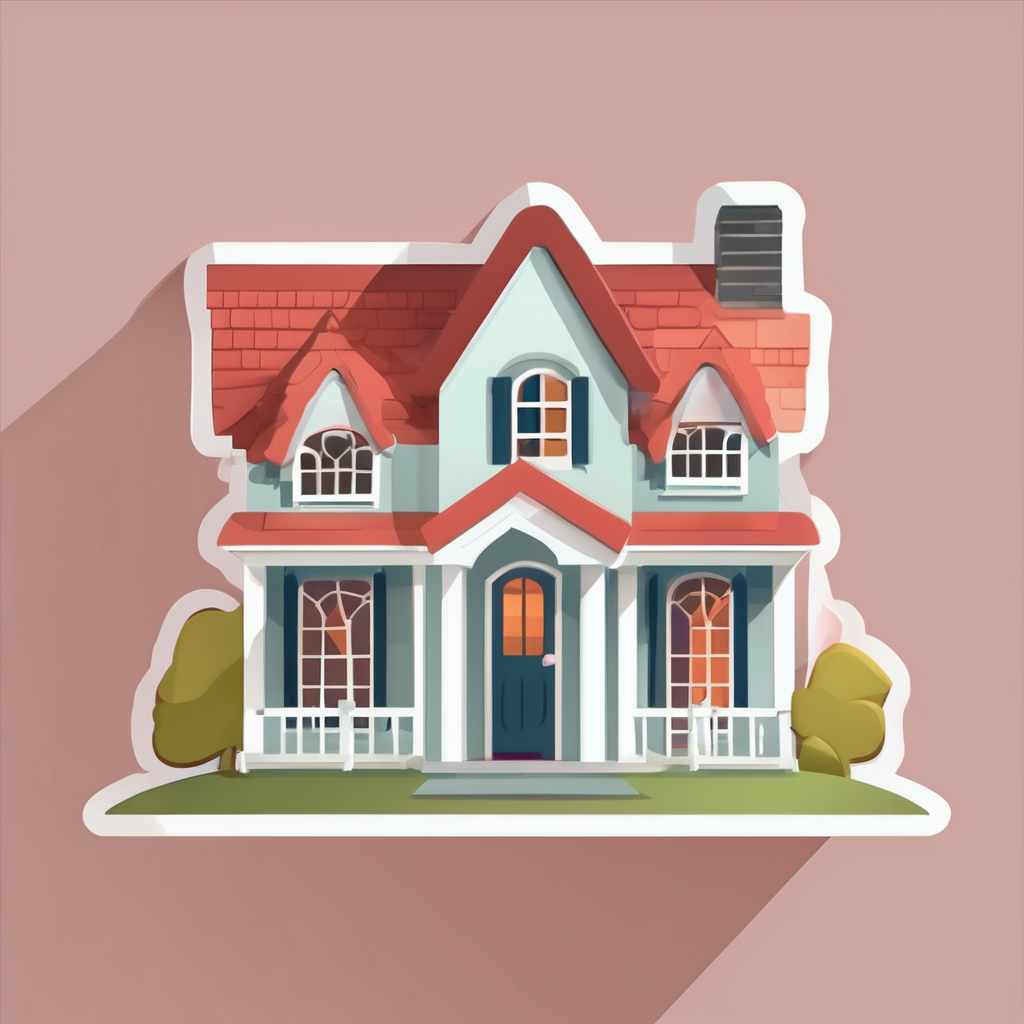Overview of Smart Lighting for Mid-Century Modern Homes
Smart lighting elevates home design through intuitive control and energy efficiency. It integrates seamlessly into various aesthetics, including the mid-century modern style, known for its sleek lines and minimalistic charm.
The mid-century modern design emphasizes functionality, with a focus on open spaces and organic forms. Originating from the mid-20th century, this style often incorporates large windows and natural materials, harmonizing with the surrounding environment. Its simplicity calls for unobtrusive yet effective lighting solutions.
Also to read : Essential Insights for Seamlessly Adding a Mezzanine to Your UK Loft Conversion
Smart lighting fits perfectly within this ethos, offering both practicality and aesthetic enhancement. It adapts to the needs of a space, allowing you to adjust lighting based on time or activity, all while maintaining a minimalist appearance. With features like dimming and color temperature adjustment, smart lighting can complement the clean lines and subtle textures typical of mid-century designs. Furthermore, the ability to control these systems via mobile apps or voice commands adds convenience without sacrificing the style’s classic appeal.
Incorporating smart lighting in mid-century modern homes ensures a blend of contemporary technology with traditional design principles, providing both functional and decorative benefits. Whether through smart bulbs or integrated fixtures, this approach enhances the architectural intent while staying true to the style’s roots.
Also to read : Uncovering the Hottest Sustainable Material Trends for Eco-Friendly UK Home Renovations
Top Smart Lighting Products for Mid-Century Modern Style
Smart lighting products are a game-changer for those marrying modern technology with mid-century design. Their versatility and functionality make them an excellent addition to this style, enhancing both the aesthetics and energy efficiency of a space.
Smart Bulbs
Smart bulbs are pivotal for adjusting the ambiance easily. Brands like Philips Hue or LIFX offer features such as dimming and color change, allowing precise control over lighting aesthetics. These bulbs integrate seamlessly into existing fixtures, eliminating the need for extensive renovations while resonating with mid-century modern’s minimalist ethos.
Smart Light Fixtures
Innovative light fixtures can serve as both functional elements and design highlights. Options like track lighting or pendant lamps accentuate open spaces and organic forms typical in mid-century homes. Brands like Nanoleaf enhance the ambiance with customizable patterns and hues, offering both visual appeal and user-friendly control.
Smart Lamps
Integrating smart lamps adds another layer of functional elegance. Brands such as Wyze and Kasa Smart provide elegant designs that align with mid-century aesthetics and offer practical benefits like remote control and schedule settings. These lamps are perfect for those looking to strike a balance between technology and timeless design charm.
Aesthetic Considerations for Smart Lighting
Incorporating aesthetic lighting into mid-century modern homes is a nuanced process that enhances both form and function. The subtleties of design integration are vital, as smart lighting can significantly impact the ambiance and visual appeal.
One key factor is the color temperature of your lights. Warm hues can create a cozy environment, while cooler shades can evoke a sense of spaciousness. Balancing these temperatures to complement the clean lines and organic materials of mid-century design is crucial. Opt for adjustable systems that offer flexibility to change according to your needs and preferences.
Proper brightness control also plays a significant role. Dimmable lights are ideal for tailoring the illumination to different spaces and times. This adaptability ensures that the lighting highlights key architectural features, such as open spaces or minimalist furnishings, without overpowering them.
When integrating technology with classic elements, the challenge lies in maintaining the style’s simplicity while introducing contemporary functionalities. Achieving this balance often involves thoughtfully selecting fixtures that blend innovation with timeless design. Look for smart lighting solutions that seamlessly merge the old with the new, thus respecting the heritage of mid-century aesthetics while embracing modern conveniences.
Installation Tips for Smart Lighting Systems
Installing smart lighting systems efficiently requires careful planning and consideration. The layout of your lighting should enhance both the functionality and visual appeal of your space. Start by identifying areas where lighting is most needed, such as workspaces or gathering spots, and plan your lighting layout accordingly. Consider the types of smart lighting best suited for each area, be it bulbs, fixtures, or lamps, integrating them to complement your home’s design.
When it comes to installation, the choice between DIY and professional installation depends on your technical skills and project complexity. DIY projects offer cost savings and flexibility, while professional installations ensure expertise and developed precision. Professionals can seamlessly integrate the system into the existing infrastructure and tackle challenges efficiently.
The essence of smart lighting lies in connectivity and control options. Integrating with smart home systems like Amazon Alexa or Google Home enhances control through voice commands or mobile apps. Understanding the compatibility of your smart lighting products with these platforms ensures effortless operation. Investigate connectivity features such as Wi-Fi, Bluetooth, or Zigbee for seamless integration with existing devices.
In sum, thoughtful installation of smart lighting systems aligns practicality with aesthetic appeal, elevating both the ambiance and functionality of your mid-century modern home.
Cost Considerations for Smart Lighting Implementation
Understanding the costs of smart lighting is crucial for effective budget planning. The initial investment may seem high, with prices varying based on features and brands. However, smart lighting generally offers significant long-term savings, thanks to energy efficiency. For example, choosing LED smart bulbs can reduce electricity usage compared to traditional lighting options.
Budget-friendly options exist for those trying to minimize upfront costs while still enjoying advanced functionalities. Brands like Wyze offer affordable systems without compromising on essential features like dimming and scheduling. This makes it accessible to integrate smart elements even on a tight budget.
Evaluating the cost-effectiveness of smart lighting involves considering both purchase expenses and potential savings. Features like motion sensors and automated scheduling contribute to reducing unnecessary energy consumption. Additionally, investing in a smart home system with integrated lighting can optimize overall efficiency.
Smart lighting can, therefore, be an economical choice over time. By weighing the initial costs against the potential savings, homeowners can make informed decisions that align with their financial plans. This allows exploration of the modern design advantages smart lighting brings, making it a valuable addition to mid-century modern homes.
Enhancing Ambiance and Functionality with Smart Lighting
Smart lighting transforms how ambiance and functionality interact within homes. By strategically incorporating smart lighting, homeowners can craft an environment that adapts to different needs and occasions.
Mood Lighting Techniques
Smart lighting offers unparalleled options to tailor your home’s atmosphere. Use adjustable color temperatures and dynamic dimming to evoke various moods, whether for a calming evening or an energizing morning. Precision in controlling light settings ensures that each space in your home serves both aesthetic and practical purposes effectively.
Lighting for Tasks versus Ambient Needs
Balancing task lighting with ambient needs is crucial. Consider using smart bulbs that can switch from bright, focused lighting for workspaces to softer tones for relaxation areas. This dual capability not only optimizes functionality but also enhances the overall user experience. The ability to adjust intensity and direction of lights enhances daily activities, making spaces more versatile.
Integrating with Smart Home Ecosystems
A seamless integration with smart home systems, such as Amazon Alexa, allows users to control lighting through voice commands or apps. This connectivity heightens convenience and personalisation, making smart lighting an indispensable component of functional home automation. As ecosystems expand, they open up possibilities for automating routines and integrating other smart devices.
Stylish Examples and Case Studies
Exploring real-world applications of smart lighting in mid-century modern homes offers invaluable insights. Successful examples demonstrate how technology and aesthetics can merge seamlessly.
Showcasing Notable Homes
Noteworthy mid-century spaces integrate smart lighting to enhance architectural elegance. Consider a case where warm, adjustable hues accentuated iconic features like Eames furniture and expansive glass walls. Such applications exhibit the synergy of classic and contemporary elements.
Analysis of Design Choices
In a particular project, integrating smart lighting across living areas and kitchens proved transformative. Designers opted for recessed lighting paired with dimming capabilities, facilitating a shift from vibrant, task-oriented illumination to intimate, ambient settings. These decisions underscore the flexibility that technology introduces into static, design-centric spaces.
Lessons Learned and Best Practices
A key takeaway is that smart lighting isn’t merely a technological upgrade—it’s part of the home’s conceptual language. Successful implementations often commit to minimalism in fixtures, aligning with the sleek sensibilities of mid-century modern design. By prioritizing ease of use, residents find enhanced control over their environment, leading to better interaction with space and light. Such case studies affirm the potential of thoughtfully considered lighting to enhance both form and function.











